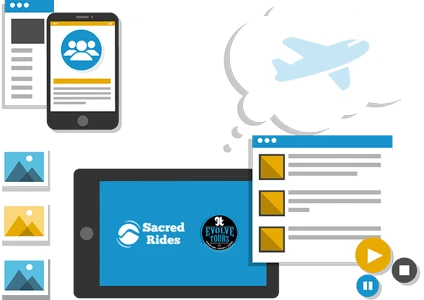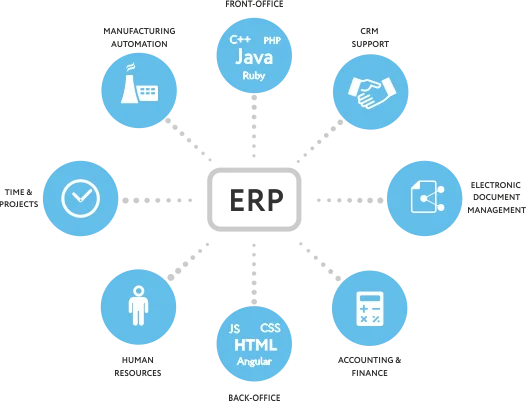
Travel ERP is Enterprise Resource Planning Software that automates all travel industry operations such as itinerary generation, inventory management, lead generation, and customer relationship management in order to effectively manage the travel industry with cutting-edge, streaming technology.
Travel ERP Software assists travel companies and agencies automate all travel business processes with advanced features in order to increase business efficiency and online bookings. Kitkat is a leading Travel Technology Company that develops complete travel ERP software for travel agencies, such as booking engines, supplier integrations, agent management, API integration, and dynamic packaging.

Kitkat Software Technologies offers the best Travel ERP Software with advanced XML API Integration, allowing travel companies to integrate hotel, flight, transfer, tour, and activity inventory from global travel suppliers through a single API integration.
The ERP systems used by our teams meet all of the requirements of modern travel companies. They allow travel companies to provide excellent customer service while maintaining departmental cooperation, completing daily tasks, and providing structured information in real time.
